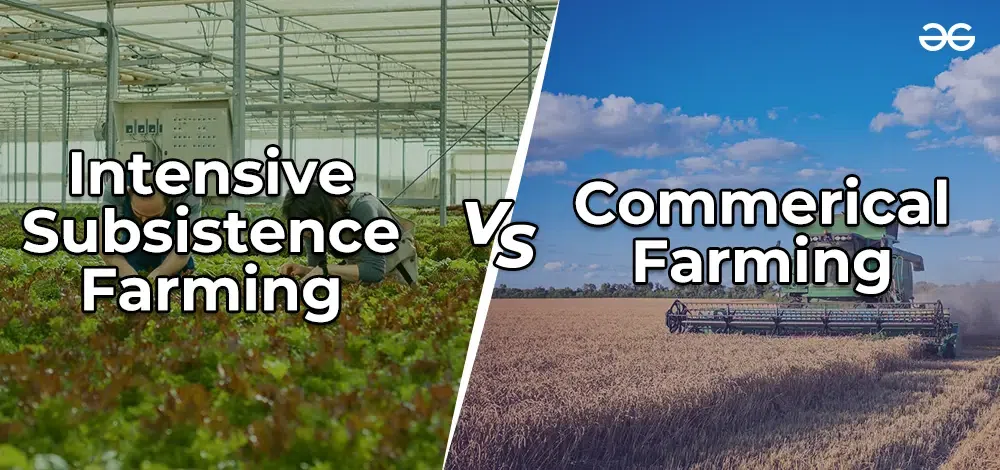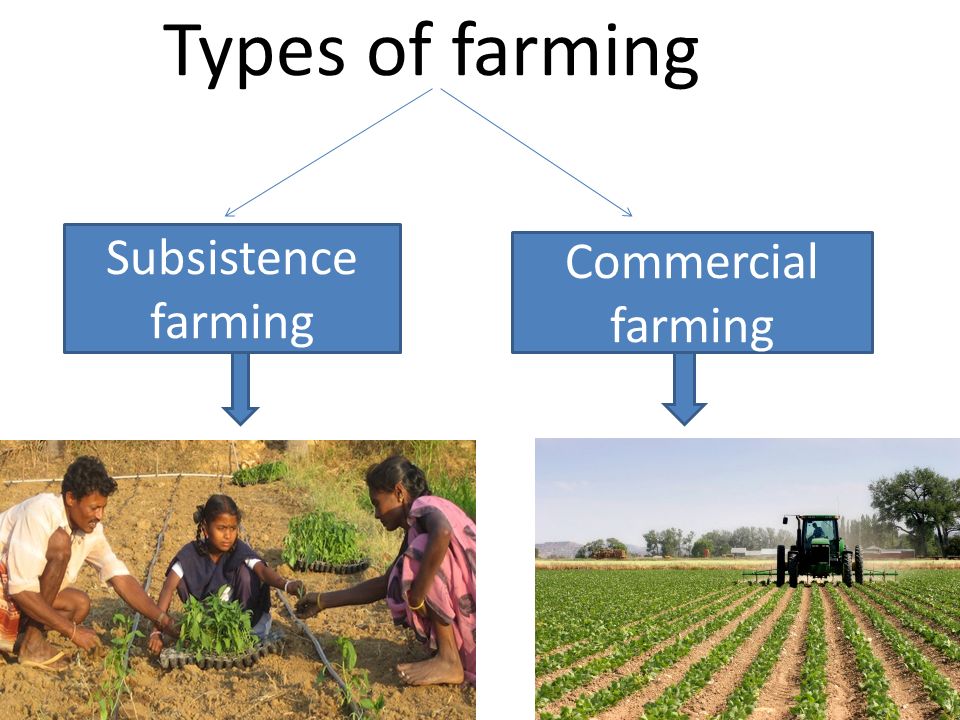A Comprehensive Overview to Commercial Farming vs Subsistence Farming Practices
A Comprehensive Overview to Commercial Farming vs Subsistence Farming Practices
Blog Article
A Thorough Look at the Difficulties and Benefits of Modern Farming
Modern agriculture stands at the crossroads of advancement and sustainability, presenting a multitude of obstacles and possibilities. The path onward requires a cautious evaluation of these dynamics, inviting stakeholders to take into consideration the possibility for transformative adjustment in farming methods and policies.
Technical Improvements in Farming
Developments such as precision biotechnology, automation, and agriculture have actually changed standard farming techniques, allowing for even more rewarding and lasting operations. Precision agriculture uses GPS modern technology, sensing units, and data analytics to enhance field-level management relating to crop farming.
Automation in farming has additionally driven the market onward, with the introduction of independent tractors, drones, and robotics. These modern technologies decrease labor needs and increase operational rate, allowing for prompt planting and harvesting. Drones, in specific, offer beneficial airborne images and data, helping farmers in keeping an eye on plant health and wellness and finding issues early.
Biotechnology has actually also played an essential role ahead of time agricultural techniques. Genetically changed microorganisms (GMOs) have been created to improve crop resistance to bugs and conditions, reduce dependence on chemical therapies, and enhance nutritional content. This modern technology contributes to food protection and meets the needs of an expanding global populace. Jointly, these technological improvements have laid the foundation for a much more durable and sustainable farming future.
Ecological Obstacles
Farming deals with a number of environmental difficulties that intimidate its sustainability and productivity. Among the primary concerns is the degradation of soil wellness as a result of extensive farming methods that deplete vital nutrients and result in erosion. The overuse of chemical fertilizers and chemicals even more worsens this concern, polluting water resources and lowering biodiversity. Consequently, the lasting practicality of farming land is compromised, requiring the fostering of more sustainable techniques.
Water scarcity is one more considerable obstacle, especially in areas where agriculture heavily depends on watering. Environment change is intensifying this problem, modifying rainfall patterns and increasing the frequency of droughts. Effective water management systems, such as drip irrigation and rainwater harvesting, are critical to mitigate these impacts, yet their implementation remains unequal throughout different areas.
Moreover, agriculture is both a contributor and a target to climate change. Resolving these ecological obstacles is vital for making sure a lasting farming future.

Economic Impacts
The economic effects of modern-day farming are diverse and extensive, influencing both neighborhood and worldwide markets. Breakthroughs in modern technology and production techniques have actually significantly boosted farming productivity, leading to much more reliable food supply chains and decreased expenses for customers. This enhanced performance has actually made it possible for nations to meet expanding needs, stabilize food prices, and add to economic development. The export of agricultural commodities has ended up being a considerable source of income for numerous countries, playing an important role in their economic development.
Nevertheless, these benefits are not without challenges. The capital-intensive nature of modern-day agriculture calls for substantial financial investment in machinery, plant foods, and genetically customized seeds, which can be financially difficult for small-scale farmers. This usually causes boosted debt and monetary susceptability, potentially leading to the combination of ranches and the loss of rural incomes. In addition, global market changes can impact the productivity of agricultural exports, making economies reliant on agriculture at risk to economic instability.
In addition, aids and profession policies in established countries can distort market value, influencing affordable balance and potentially disadvantaging farmers in developing countries. In general, while contemporary farming drives financial development, it likewise necessitates browsing intricate financial landscapes to make certain fair and sustainable advancement.
Social Implications
While modern agriculture has actually brought around substantial developments, it also presents see this here various social implications that necessitate factor to consider. As corporate farming entities significantly control the farming landscape, smaller sized farms commonly struggle to complete, leading to the disintegration of country communities and conventional farming methods.

Such practices could additionally limit customer options and decrease the ability of neighborhood neighborhoods to control their food sources. As these social effects unfold, it comes to be vital to resolve them to make sure sustainable and equitable agricultural growth.
Future Instructions
Looking ahead, several appealing avenues for modern-day agriculture can attend to the difficulties encountered today while promoting lasting growth. Advances official website in modern technology, such as precision farming, provide the possible to optimize source use and boost efficiency. By utilizing information analytics and maker knowing, farmers can make enlightened decisions relating to crop monitoring, resulting in lowered input costs and lessened ecological impact. In addition, the combination of renewable resource sources right into farming practices might significantly minimize dependence on fossil fuels and contribute to decrease greenhouse gas exhausts.
Biotechnology additionally holds immense pledge for the future of agriculture. Genetically modified microorganisms (GMOs) and genetics editing techniques, like CRISPR, might enhance plant strength against environment adjustment, parasites, and diseases, hence improving food safety. Moreover, diversifying crop varieties to consist of even more climate-resilient and useful content nutrient-dense choices can strengthen both ecological stability and human nutrition.

Verdict
Modern farming, characterized by technical improvements, presents both challenges and possibilities. commercial farming vs subsistence farming. Attending to these complexities calls for a shift towards lasting practices that stabilize efficiency with ecological stewardship and social equity, consequently ensuring a durable future for global farming systems.
Modern agriculture stands at the crossroads of technology and sustainability, presenting a wide variety of possibilities and challenges. Furthermore, international market fluctuations can affect the profitability of agricultural exports, making economic situations reliant on farming vulnerable to financial instability.
Moreover, the intensive use of technology and mechanization in farming has actually led to a decrease in agricultural employment chances.Looking in advance, several promising opportunities for modern-day agriculture might attend to the obstacles faced today while promoting sustainable development. commercial farming vs subsistence farming.Modern farming, identified by technological improvements, offers both opportunities and difficulties
Report this page